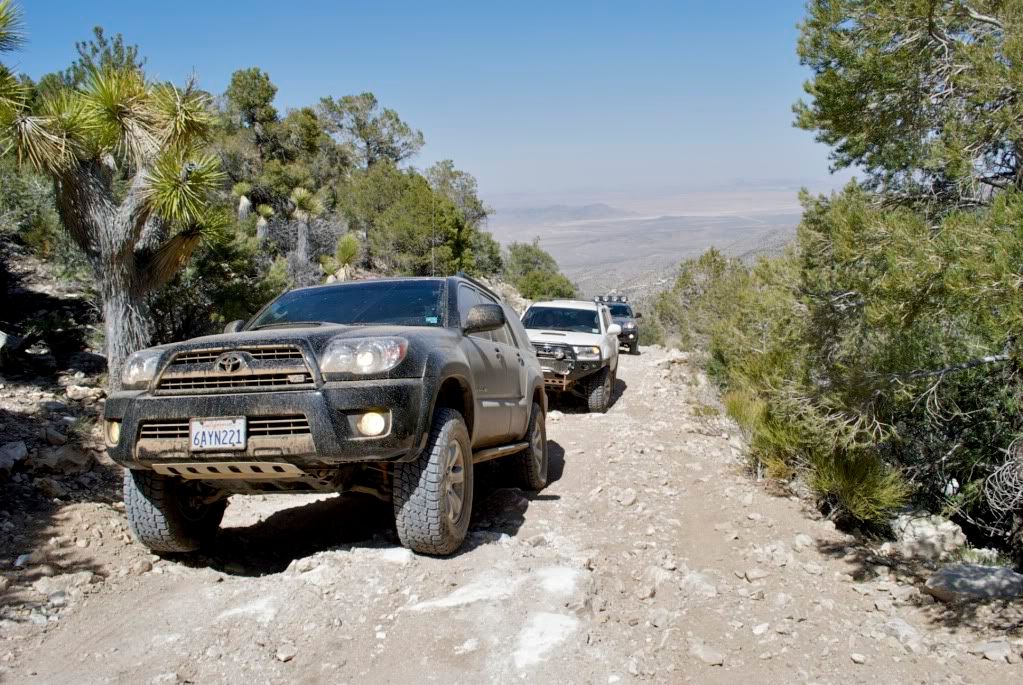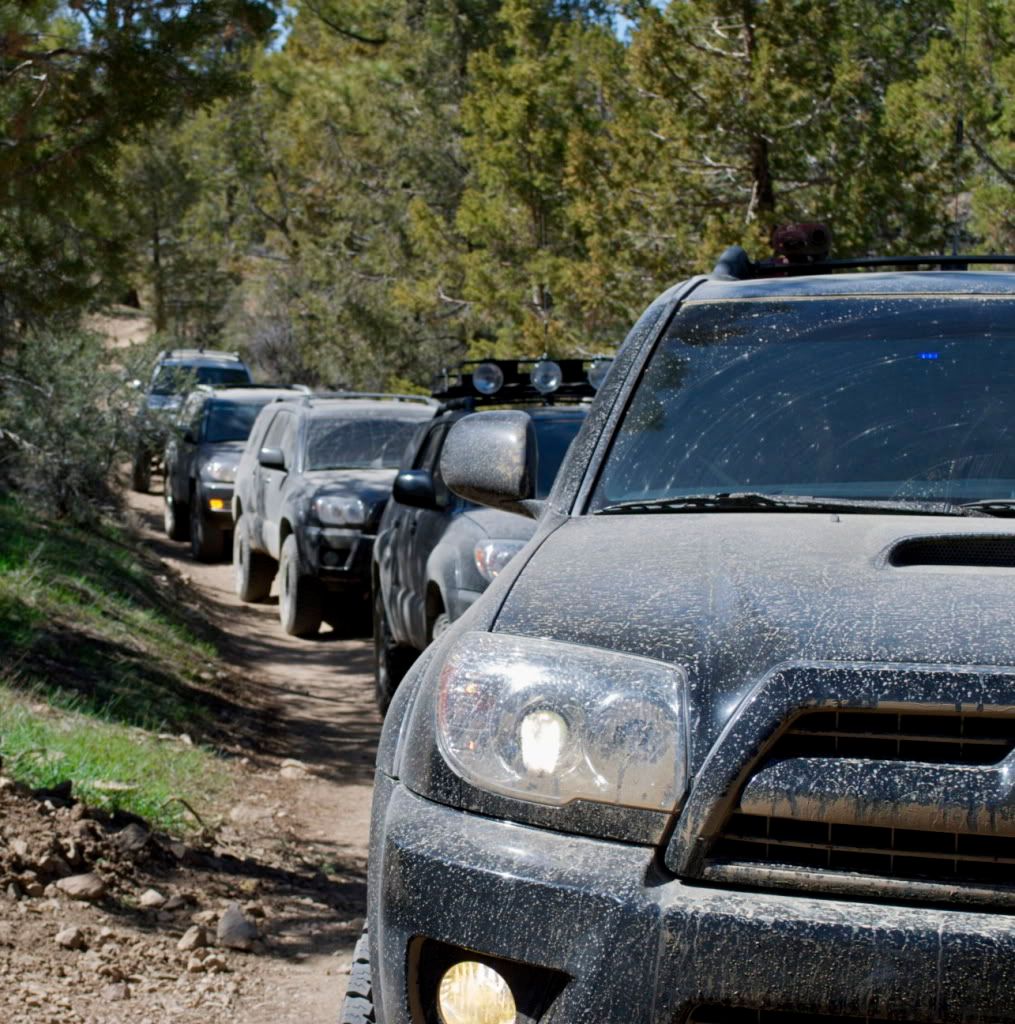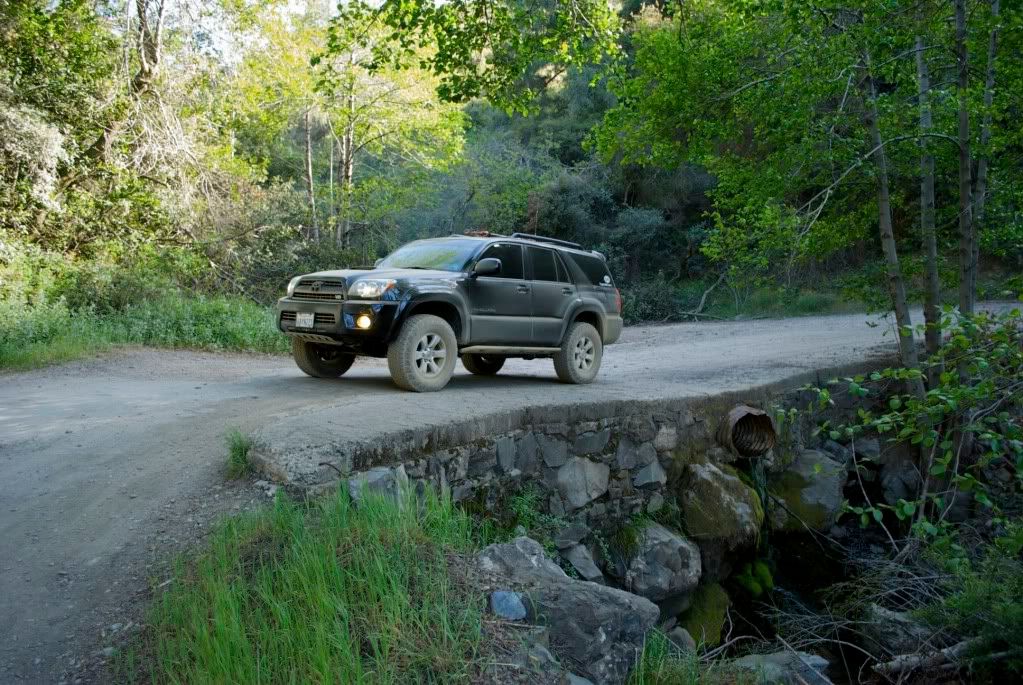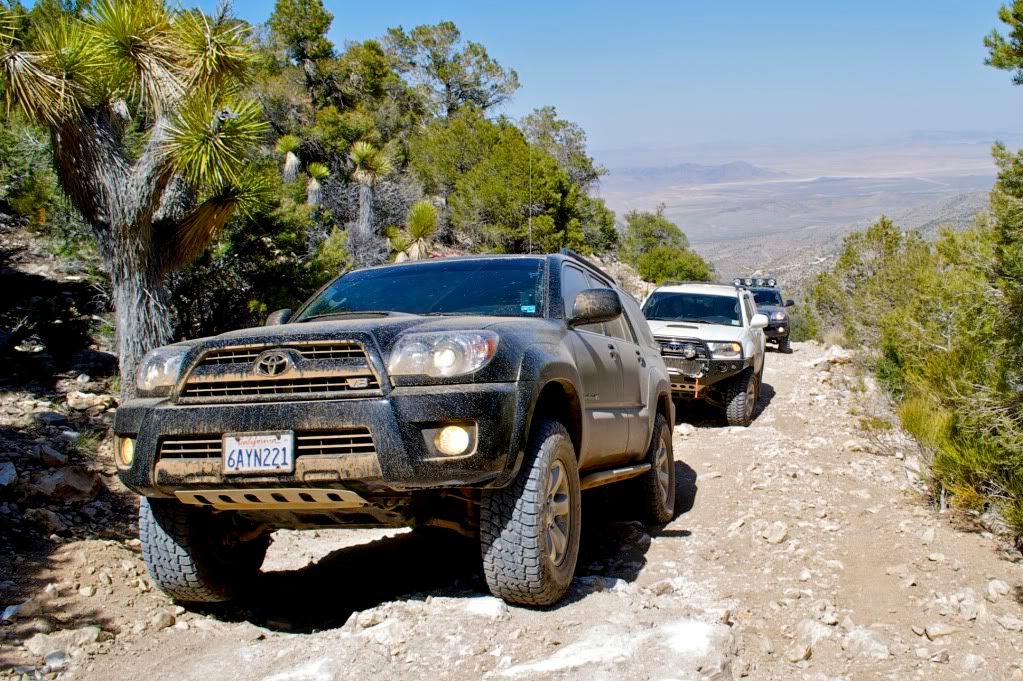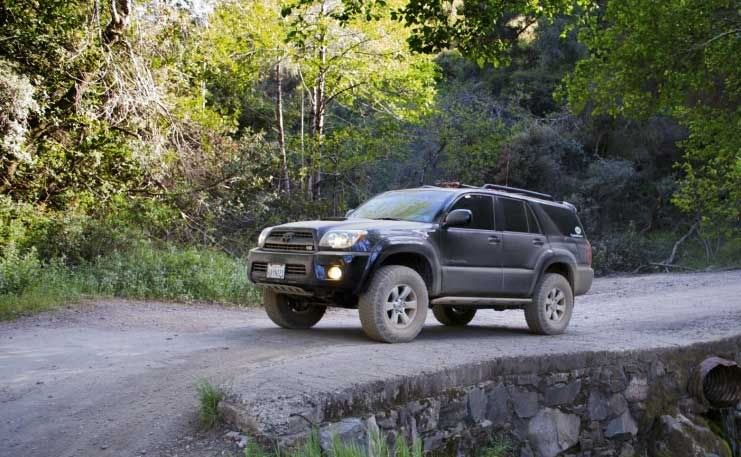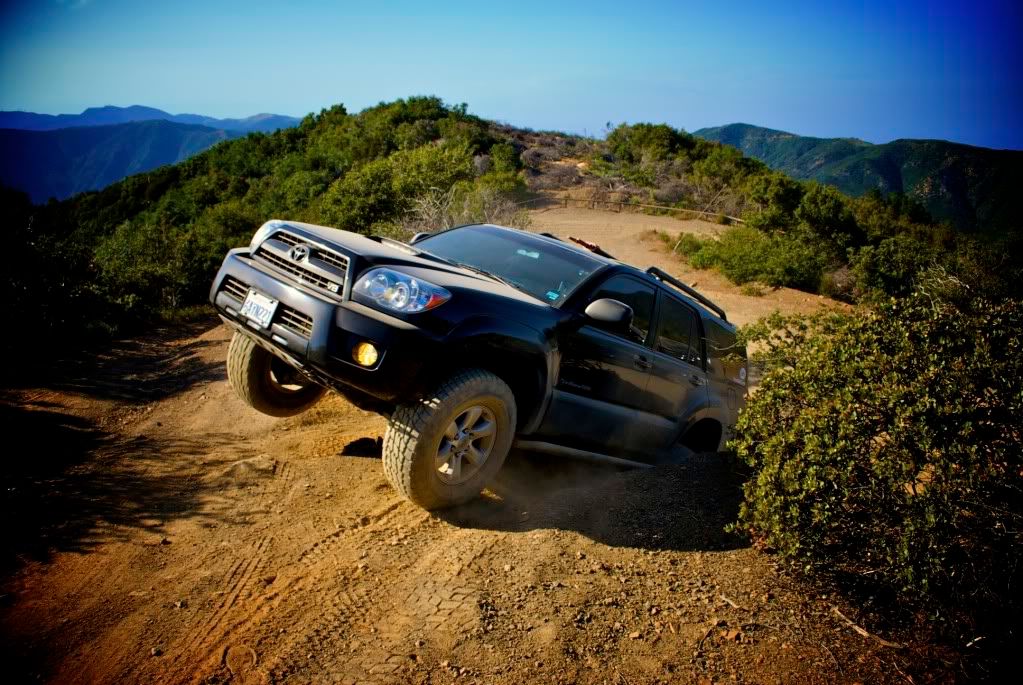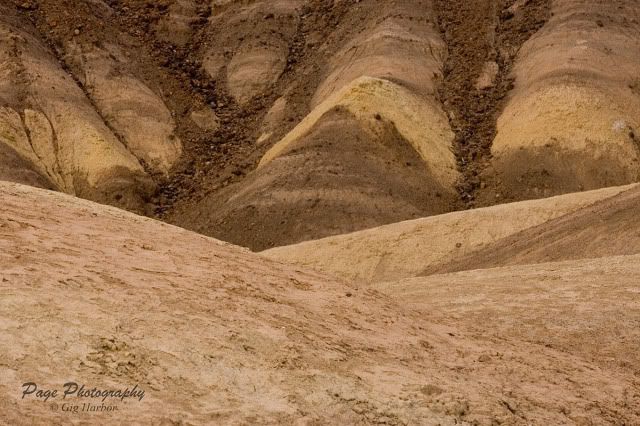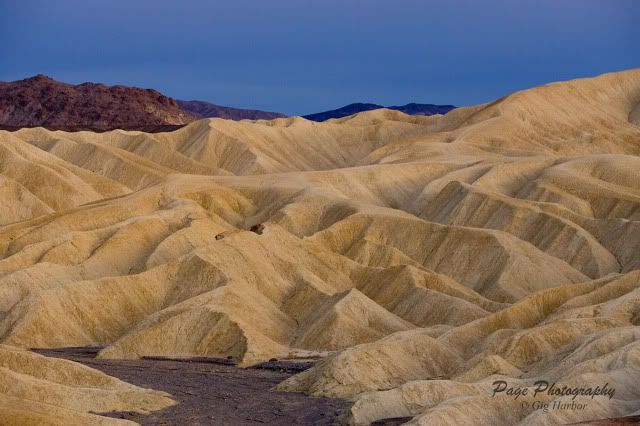A lot of the settings you mentioned are post-picture processes. What would you suggest I do at the moment I am taking the picture besides what you recommended? Any advice for camera mode/settings? Should I be in Aperture Priority mode with a low F number, high F number, etc?
Glad I could help! Acutally, a lot of the things I mentioned are at-the-time-you're-taking-the-picture types of things.
Composition is probably one of the most important things to consider. This is one of the most basic ways to add interest to a photograph. As a few other people have mentioned, try to stick to the "rule of thirds" when composing your picture (here's a few links to some explanations -
wikipedia.org,
digital-photography-school.com). Another thing to keep in mind about composition - one thing that can take the interest out of a photo really quickly is when your picture lacks a subject. This usually seems to happen one of two ways - either the picture is of something so plain that no particular part attracts your attention (photog gurus would argue that this can sometimes be a good tactic, and that may be true, but I'm referring to the 95% of the time type of things), OR there is so much going on in your picture that no one thing in particular creates more interest than the other, and the viewer doesn't know what you're trying to show them. A great example of this in the car photography world is when there's a scene with 3 or 4 different cars, some landscape, plus a few people, and it ends up just looking like a snapshot. Another way to add interest using composition is to deliberately try not to shoot the picture the way most people look at it. Meaning, if you usually look at something from eye level, take the picture laying down on the ground, or looking down at the subject. If you usually see that object from ~ 10 feet away, shoot it from 1 or 2 feet away, or from a long ways off. I read a tip in a book once that said once you've found something you want to photograph, make yourself to walk around the object for at least a minute or so before you take the first picture. That will force you to think about alternate compositions and make it less likely to take a snapshot type of picture.
Sidenote - one thing that I've learned is to avoid trying to make
every single picture a great photo. Doing that can become frustrating (for me at least) because you spend so much time trying, and you might only get a few pics that really come out looking great. It's okay to take some snapshots during an outing. When you look back on your pics, the great ones will always be your favorites, but it's also nice to have some pics of what was going on just for memories' sake, even if they're not works of artistic genius. Also, don't expect that you're going to start taking huge numbers of great photos by practicing a little; there's been times when I've taken 300 or 400 pictures and only had one or two (or even zero) great pictures.
Back on track - as for camera settings. I find myself shooting in Av (aperture priority) probably 95% of the time. Why? Because I like to control depth of field (and ISO), and let the camera figure out the shutter speeds for me. I am always paying attention to the shutter speeds though, because if they're getting too low the pictures won't be sharp. However, when you're first starting out, P (program mode) is a great learning tool, because you can focus (no pun intended) on composing the picture, and let the camera do the rest for you. The important thing is to be paying attention to what the camera is doing so you get a feel for what kinds of aperture and shutter speed values are normal. The times that I use Tv (shutter priority) are when I care about shutter speed. This usually happens when I'm trying to take a picture of something moving fairly quickly. The last mode is M (manual). This allows you to have total control of your picture, but takes quite a bit of practice to use well when you're taking pictures quickly. The pro photog that is doing my wedding shoots exclusively in this mode (as do a lot of pros), but he's got a LOT of practice, and can reliably get good shots using it. I'd probably recommend getting some practice in the other modes before trying this one in an environment where you don't have control of the pace of things, because trying to use it without a decent amount of practice can become frustrating quickly.
Lighting - this is probably the essence of good pictures, and it's really a huge subject to get into (and I'm in no way an expert), but suffice it to say this - the majority of awesome outdoors-type pictures that you see are taken with 30 minutes of either sunrise or sunset. It stinks that there's only a little bit of time each day for taking awesome landscape/outdoors pictures, but that's really the best time. That's not to say you can't take good pictures at high noon, it's just a lot harder. If you look at magazines like National Geographic, you'll see that the vast majority of landscape shots are taken at either dawn or dusk. I know I'm not doing this subject justice, but maybe someone else can chime in that knows more than me.
If you really want to start learning photography, I highly recommend these two books by Scott Kelby (I don't get anything for promoting these books, I've just read them and gotten a ton out of them):
The Digital Photgraphy Book and
The Digital Photography Book, Vol. 2. There's also a third volume due out this August :wings:
Here are a few links I posted in a thread a while back that have been helpful for me as well:
Canon Digital Learning Center
Cambridge in Colour - great site for very in-depth technical info on cameras and photography in general, and also an incredible gallery of night shots
Luminous Landscape Tutorials
Ritz/Wolf Camera Tutorials
Photoworkshop.com - a lot of different info on here...go to the "Photo 101" link on the left and scroll to the bottom for free downloads of photography books...also click on "Learning Centers" for links to other resources on the net.
Wow, I had no intention of that being so long when I started. I know that's a lot of info, and sorry for the rambling. In the end, there's no replacement for going out and practicing (something that I haven't been doing much of lately unfortunately). For me, practicing by myself usually works the best. If you have people waiting on you and moaning because they they're bored, it's hard to really concentrate on taking good pictures.


